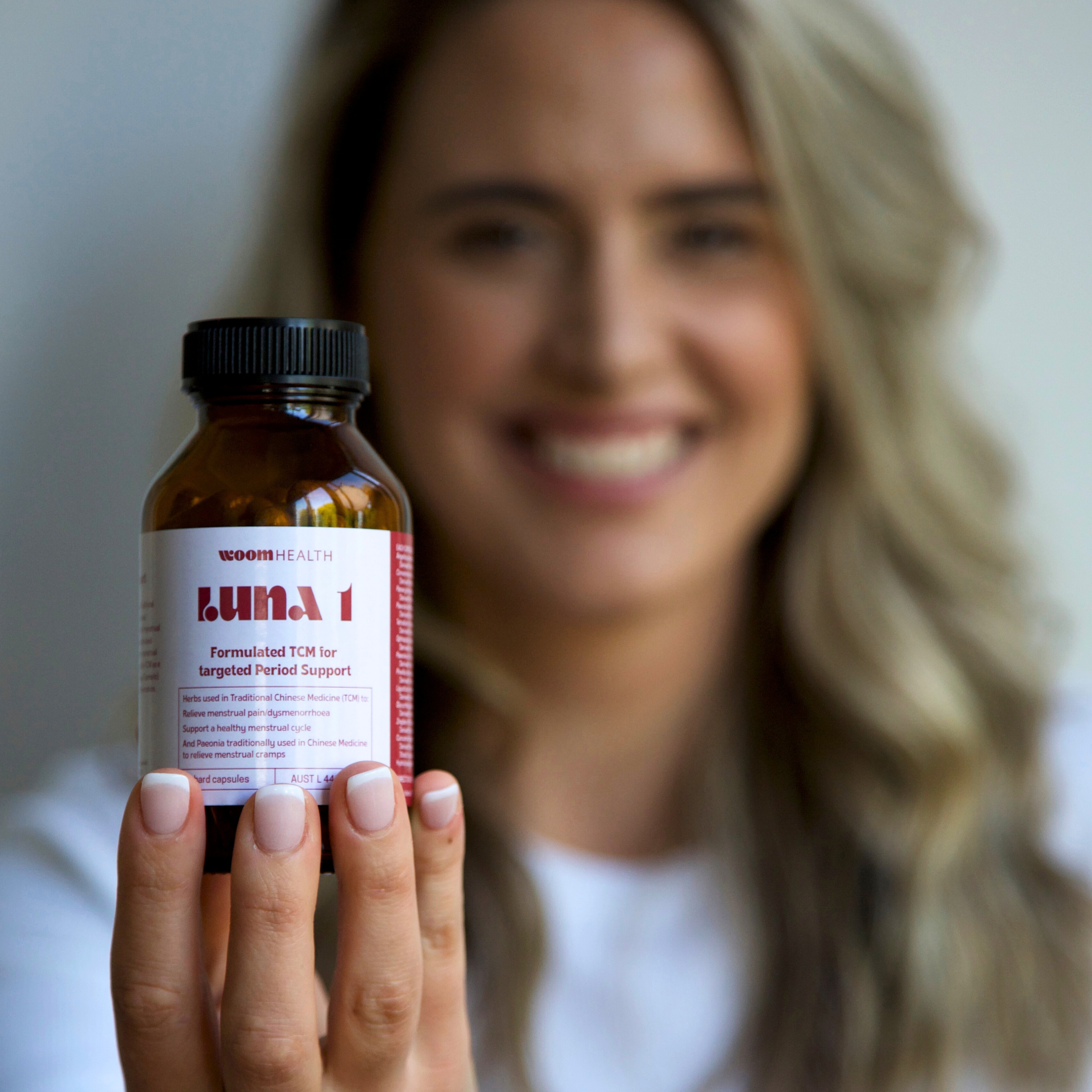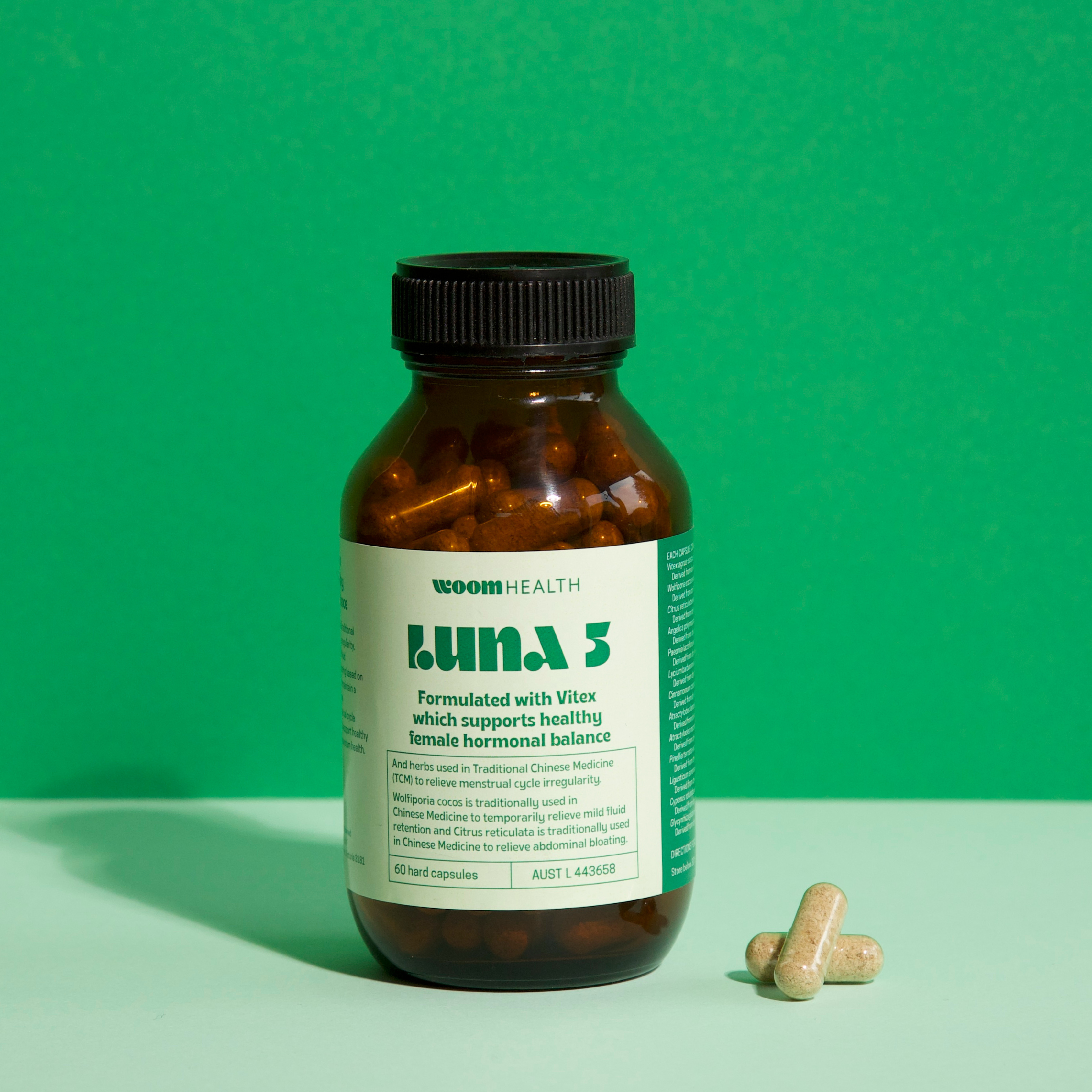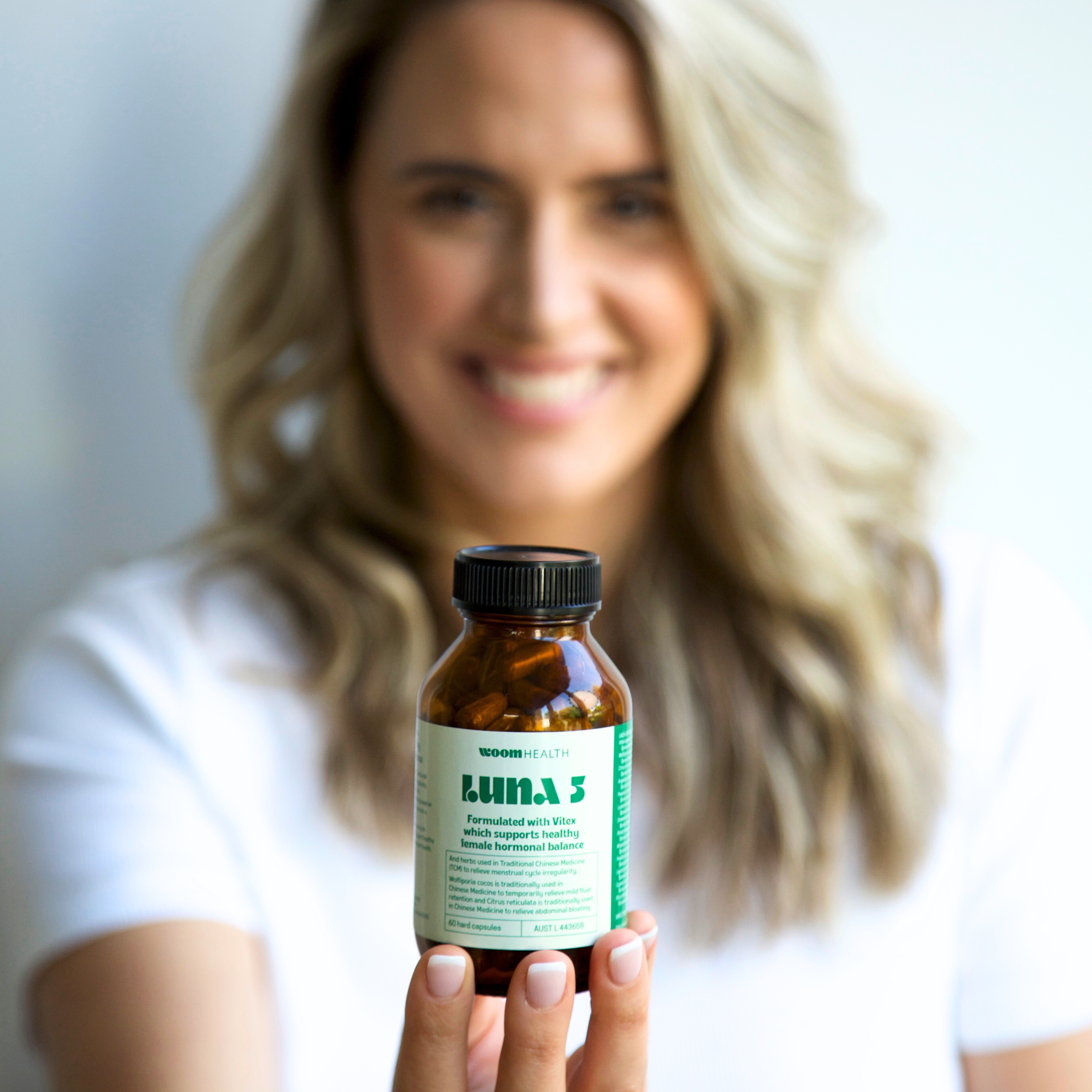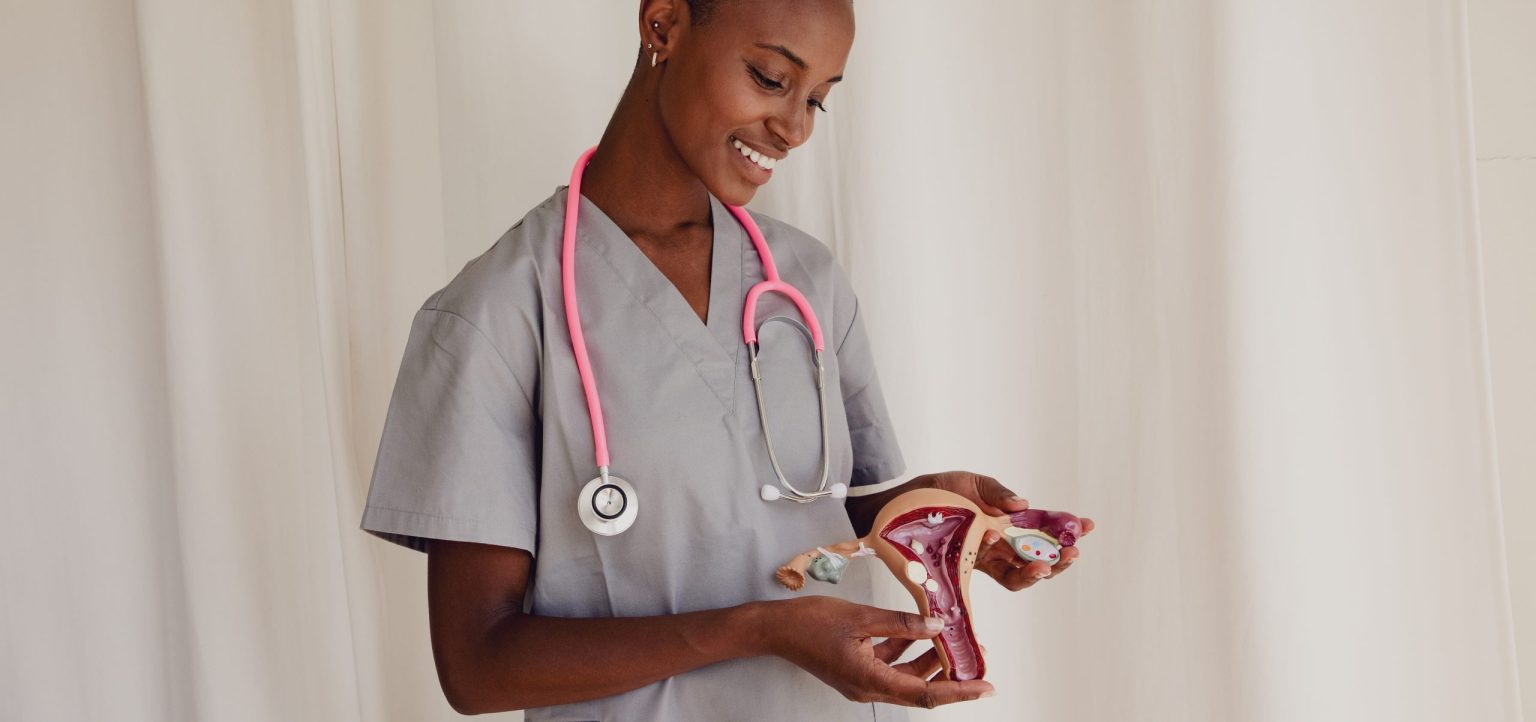Understanding Contraception
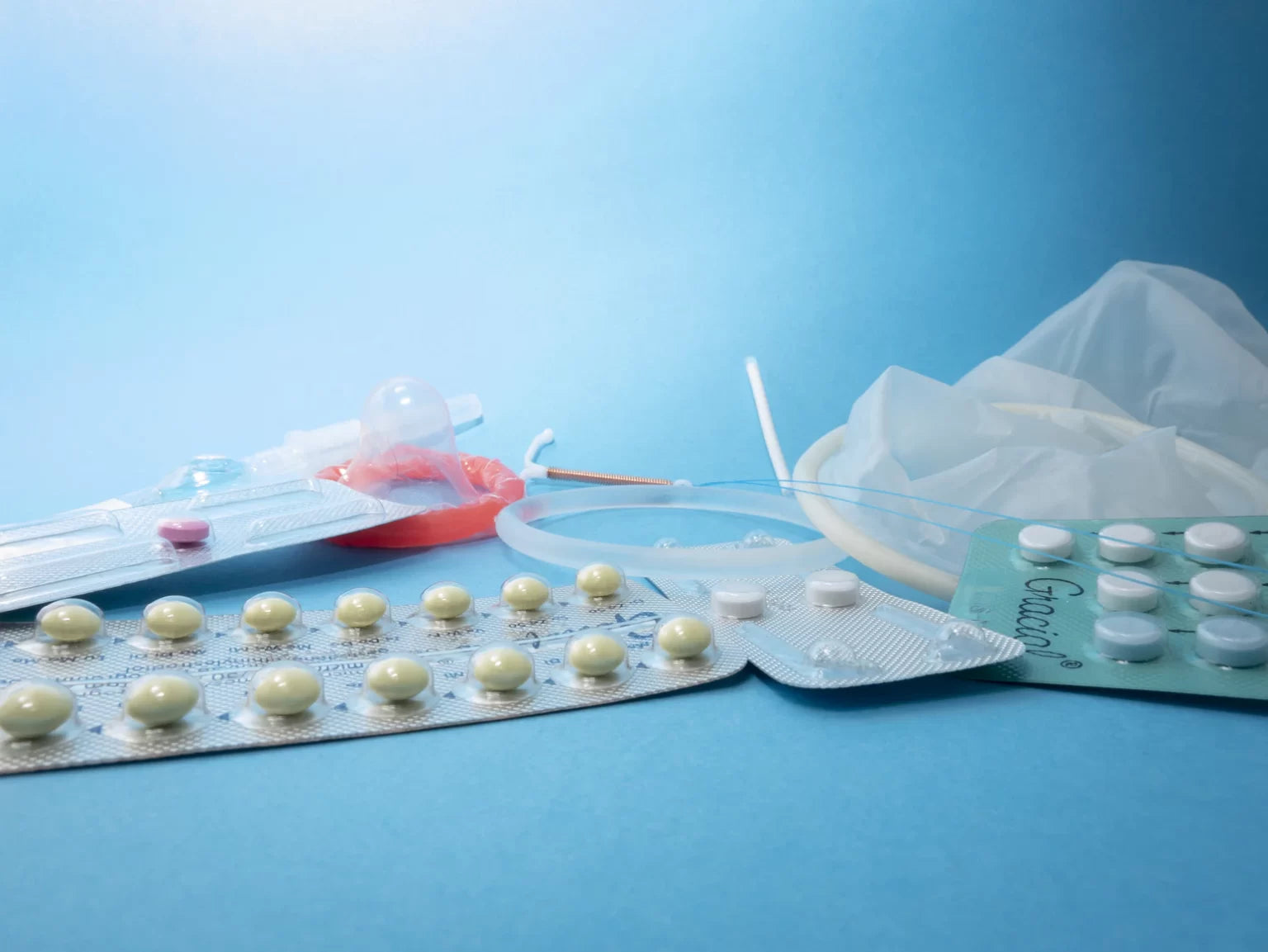
Teresa Truda sat down with Dr Amanda Waaldyk to chat all things Contraception.
How did contraception come about?
Well, it was developed by an American biologist, Dr. Gregory Pincus. So it basically started with Mexican yam, which is a form of natural progesterone. Essentially, he was using that to support women that had repeated miscarriages to help boost their progesterone levels and then also for menopausal, women. Then they started experimenting, and then he realised that he’d actually be able to use it for contraception.
So essentially, the pill has been designed for sexual liberation. It took the stress off us having to think about the times that we were ovulating, because if you think about it, not many people really know when they’re ovulating unless you track your cycle. And so the pill essentially is designed to mimic a 28 day cycle and this is where we got that myth from that all cycles are 28 days. However, now we know the cycle lengths vary.
So it was approved for a lease in the 60s, and the uptake was Swift. Within two years, it was used by 1.2 million American women. So Interestingly enough, the pill comes in 32 different forms worldwide, and it’s taken by 100 million women.
Can you talk about some other types of contraception?
So the non-homonal option is a copper IUD, which you may have seen that’s composed of a frameless device that is anchored into the myometrium. So the myometrium is our muscle layer of our uterus. So it anchors in it’s like a T shape. Basically, it’s got a copper filament around it and the T shaped core copper is placed on a vertical stem and horizontal arms, it connects to the microfilament thread that protrudes through the cervical canal to the upper fundus, which is the top of the uterus- the upper vagina.
The copper IUD essentially prevents fertilisation through releasing a cytotoxic inflammation reaction that is fermicidal. So the copper concentration that it releases also then changes the cervical mucus because the cervical mucus is essentially used to transport the sperm up to the fallopian tube to fertilise the egg.
It alters the viability of the endometrium, making it spermicidal suicidal to sperm. What’s great about the copper IUD is that it’s nonhomonal. So as soon as you immediately remove it, your cycle is returned back to normal. The problem is that what they found is with the copper IUD particularly with women with endometriosis and adenomyosis is that periods become longer and heavier over prolonged use menstrual blood. This is a statistic from a research paper. It increases by 50% in heaviness, so anyone that’s been on a copper IED reports definitely heavy menstrual bleeding while they’re on it.
What are some alternatives contraceptive options?
- Withdrawal method has a 96% success rate.
- Condom
- Natural Fertility Awareness method; learning to track your cycle, chart your temperature to find out when you are ovulating and have sex during your fertile window.
- Vastectomy
- Having your tubes tied
- NuvaRing
- Diaphragm
What is a Diaphragm?
It is a non-invasive non-hormonal form of contraception, and this has been my contraception. So for a very long time over since I was 15, I had my first diaphragm fitted because interestingly enough, I couldn’t go on the contraceptive pill. It made me really sick and nauseous had lots of side effects, big mood changes. So when I had a teenage pregnancy, of course, I learnt the hard way that encouraged me to then go and see a nurse that specialised in this natural fertility awareness method.
So I learned to track my cycle from the age of 15, which I think is really important because it teaches us and gets us to build an intimate relationship with our body, understanding the different hormonal changes throughout and noticing all the changes within your body from your cervical mucus. Of course, because our body is always communicating with us. So really understanding the intimacy of how my body works. Essentially, you put a spermicide on it. So the spermacide acts it’s like suicide to the sperm.
So spermacy is what you can buy from the pharmacy. And so it basically is a barrier. It kills the sperm. And it’s similar to essentially what the pill does. It thickens our cervical mucus, making it like a spermacide which basically kills the sperm or prevents them from swimming up the fallopian tubes and further up the vagina. And so instead of a menstrual cup, it sits on the top of the cervix.
What is a NuvaRing?
It’s a soft, flexible transparent ring that measures about 54mm and 4mm thickness, so it’s easily inserted by yourself. You use it for three weeks and remove it for one and at that time you have withdrawal bleeds which is when it releases the hormone; estradiol. There are several side effects that have been reported with the NuvaRing such as candida, breast tenderness, headaches and increased cervical mucus.
What does the Mirena do?
It’s basic use was for heavy menstrual bleeding. It’s also used for adenomyosis and endometriosis, menoragia and liaomas. It’s also used for women in peri menopause. It is used to help with painful periods associated with endometriosis. It’s a T body shape sleeve and it’s covered with a drug release controlling membrane that is a chemical silicone. It released progestin over a period of up to 5 years. It can cause depression and is an endocrine disrupter. It takes seven days to provide effective contraception.
What are some common side effects of the Pill?
Mood changes, energy levels. You can have acne. Sometimes you can have a lighter bleed, which is a withdrawal bleed. It also destroys the gut microbiome. It changes the PH of your internal ecosystem vaginally. So a lot of menstruators that are on the contraceptive pill over a period of time find that they have more UTIs and also a higher amount of thrush and candida. That’s because you’re disrupting the microbiome. It also depletes your essential minerals, such as zinc.
Long term affects can be fertility and trying to re-establish your period again. Individuals who have been on the pill for over 15 years often come into the clinic, trying to find their period again. We recommend if you aren’t in a relationship to come off the contraceptive and give your body a chance to find its natural rhythm again.
What are the effects of contraception on Endometriosis?
So the contraceptive pill, basically, they said from the research is that they don’t know there’s lack of evidence to show that the contraceptive pill actually reduces the amount of endometriosis that grows. I think that all menstruators that suffer from endometriosis will try the contraceptive pill and do find that it actually reduces the amount of pain that they’re having. This is, too, because the progestin they did find that the pill, if it goes into the peritoneal fluid for Endo sufferers, it can reduce the pain. However it can still grow behind the scenes.
Please note we advise you consult with your healthcare professional to choose the best option based off your symptoms.
Want to find out more?
This post has been extracted from our conversations in our Womb Talks IGTV series. To listen or watch our episodes, visit YouTube or listen to our Podcast.
Click on the video below to watch the full episode.
ANP are creating a revolutionary movement, and it all starts with each and every menstruator (that’s you) understanding the fundamentals of their 5th vital sign (their menstrual cycle).
Get social & follow us for the latest on your gynae health:

